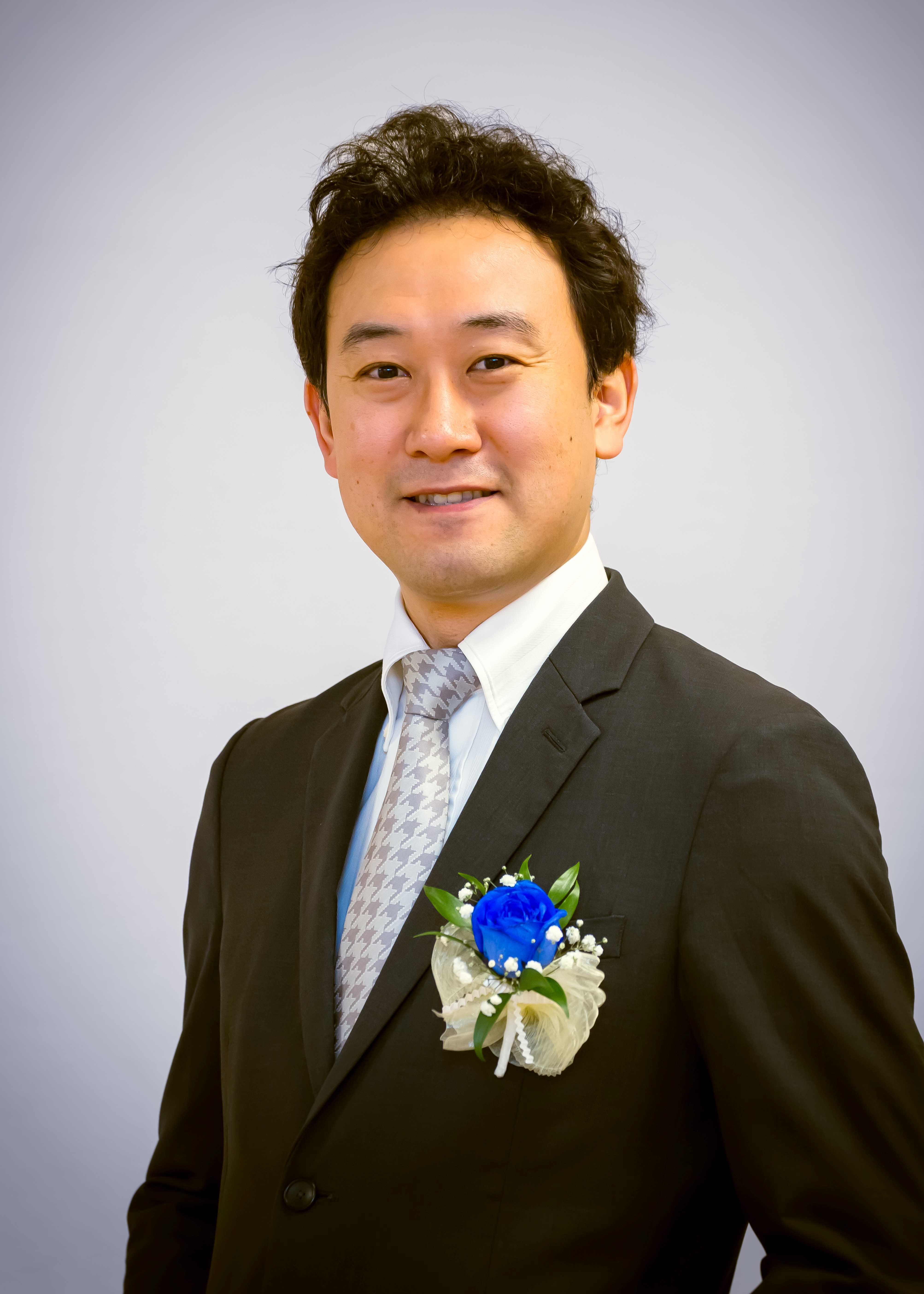Innovation in Liquid Biopsy with Nanowires and Its Clinical Translation to Next-Generation Healthcare

Dr. Takao Yasui
Professor
School of Life Science and Technology, Institute of Science Tokyo
*The organization and the title are those when awarded
Research summary
Extracellular vesicles* released from cells consist of proteins, microRNA, etc. and are involved in intercellular communication. Because extracellular vesicles convey information from the cells they originate from, those released by diseased tissues are attracting attention as potential biomarkers for various diseases. Dr. Yasui has developed technologies for producing and controlling various oxide nanowire* structures, creating nanowires suitable for the analysis of extracellular vesicles. Furthermore, he analyzed the interaction between the nanowires and extracellular vesicles and elucidated the mechanism by which they comprehensively capture extracellular vesicles. The developed nanowires are being applied to cancer detection through the analysis of extracellular vesicles in body fluids, i.e., the practice of “liquid biopsy*,” as well as to the prediction of cancer prognosis and the elucidation of the mechanisms of cancer metastasis.






